With Vietnam now officially open for tourism with no quarantine and no testing on arrival, the question on everyone’s mind is: ‘when can I go to Vietnam?’ The answer to that is easy! You can go now! A better question is ‘when should I go to Vietnam?’
Stretching 1,650km from north to south, Vietnam’s borders traverse multiple climate zones ranging from frigid winters in the far north to steaming year-round temperatures in the deep south.
Functionally speaking, Vietnam can be broken down into four major areas based on climate, each with their own ideal time to visit. As we head into spring and summer, the Central and Southern Vietnam are hard to beat, but here is a region-by-region breakdown:
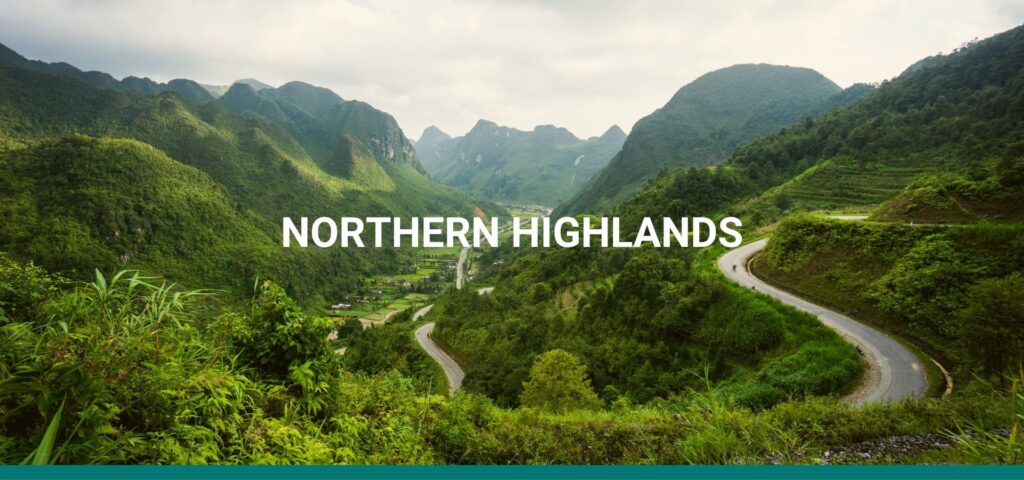
Northern Highlands
Summary:
Vietnam’s wild northwest borders with China. Its towering mountain geography is a product of the same geological process that brought rise to the Himalayas. With its higher elevation and northerly latitude, the mountainous north of Vietnam is characterised by colder winters and milder summers. The ‘dry season’ runs from October to late March while the ‘wet season’ runs from April to September. During the wet season, temperatures can dip below freezing. Frost and even snow are not unheard of, and abundant fog can be expected!
While Vietnam’s northern highlands is charming and scenic throughout the year, most people consider the dry season (October to April) to be the best time to visit, although it can often get quite cold December and January.
For those interested in trekking (which we highly recommend!), the best conditions are normally between September and November and then again from March to May when daytime temperatures hover between 15-28C and nighttime temperatures are between 10-18C.
Popular Places:
- Sapa
- Ha Giang
- Bac Ha
Great Tours:

Northern Vietnam
Summary:
Northern Vietnam has distinct summer and winter seasons with short interluding periods akin to spring and autumn.
Summer normally lasts from May to October when it is hot, humid and rains frequently. July and September are considered the wettest months of the year, and is generally the time when cruises in Halong Bay and Tu Lan Bay are sometimes threatened by inclement weather.
Between October and November there is a distinctly moist autumn period when cooling temperatures combined with high humidity create substantial condensation on surfaces.
Winter typically starts in November and runs until April when temperatures average 17-22°C with the coldest months being January – March. During these months, it’s not unusual for temperatures to dip into single digits.
There is not really a “perfect time” to visit northern Vietnam, and the best time to visit is better decided on a guests’ preference for colder or warmer temperatures.
Popular Places:
- Hanoi
- Halong Bay
- Mai Chau
- Ninh Binh
Great Tours:

Central Vietnam
Summary:
Central Vietnam is characterized by hot and humid yet mostly dry weather from mid-January to late August, with temperatures often reaching the mid-30’s °C.
Rainfall increases in the ‘winter’ months, with October and November typically being the wettest times of the year and the most likely to be impacted by typhoons.
Despite their proximity to one another, weather can often vary significantly between Hue and Hoi An on any given day due to the mountain range that separates them. This is especially true earlier in the year.
Heading south from Hoi An, Quy Nhon shares a similar weather pattern, though its dry season tends to be slightly longer.
In the south of Central Vietnam, Nha Trang has the longest dry season which typically runs from January to September. During this time, guests can expect high temperatures and little rain. The rainy season runs from October to early December with almost half the annual rainfall falling in October and November.
Dalat, meanwhile, enjoys a very different climate profile due to the high elevation of the central highlands. It is wettest from June to October. It is drier from November to May, and coldest between December and January.
Popular Places:
- Hoi An
- Danang
- Hue
- Dalat
- Quy Nhon
- Nha Trang
Great Tours:

Southern Vietnam
Summary:
Southern Vietnam exhibits a much more equatorial climate, with temperatures being more or less consistent throughout the year between 25 and 35C. Generally speaking, there are two seasons: wet and dry. The dry season begins in November and ends in April or early May, with late February to May being slightly hotter and more humid. The wet season lasts from May until early November, with June, July and August receiving the most rainfall.
Throughout much of the wet season, rain can be expected almost daily, though often in short bursts around mid-afternoon.
The southern islands of Phu Quoc and Con Dao can be enjoyed year-round. Even during wet season, it is rare to have an entire day spoiled by rain.
Popular Places:
- Ho Chi Minh City
- Mekong Delta
- Phu Quoc & Con Dao
- Phan Thiet & Mui Ne
Great Tours:
If you have any questions or would like to explore travel opportunities, please feel free to reach out to our expert travel consultants who would be delighted to help you! [email protected]



 " alt="">
" alt=""> 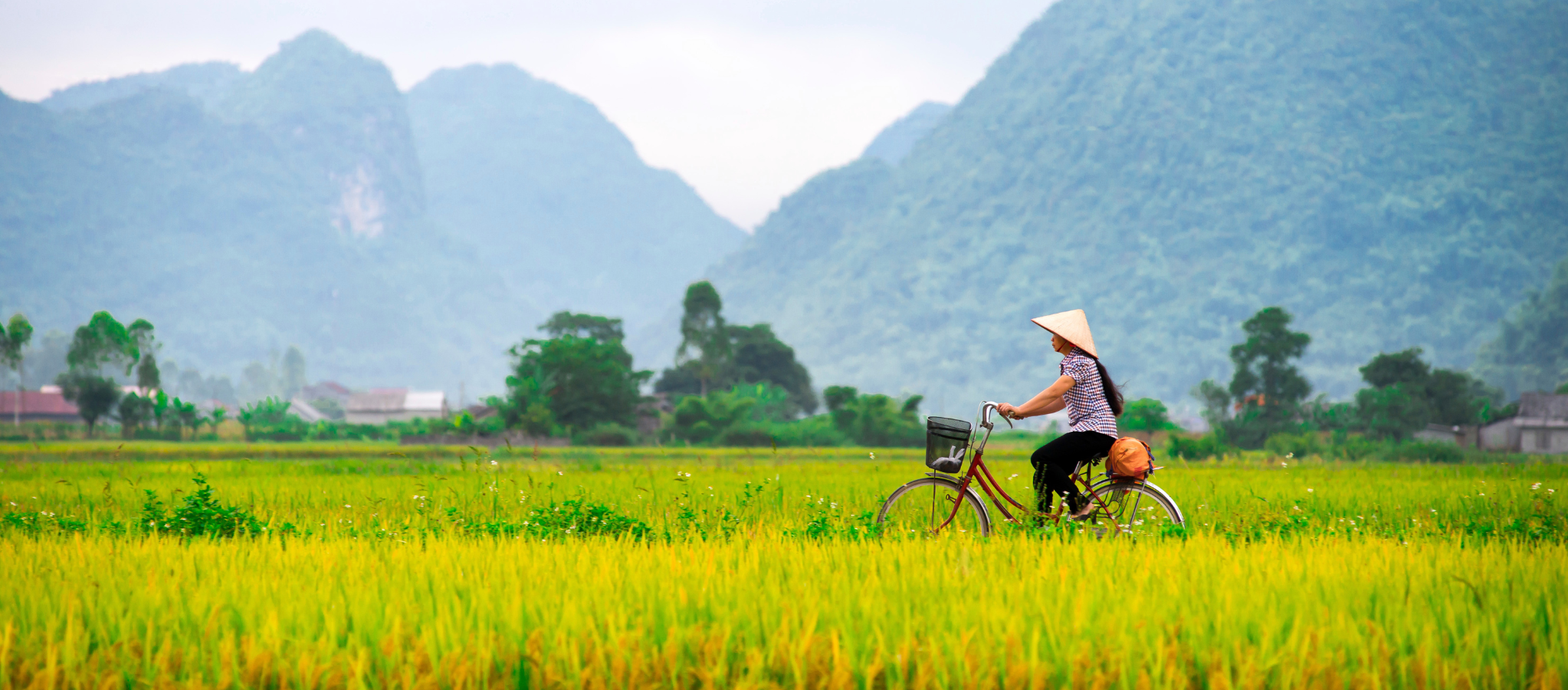 " alt="">
" alt=""> 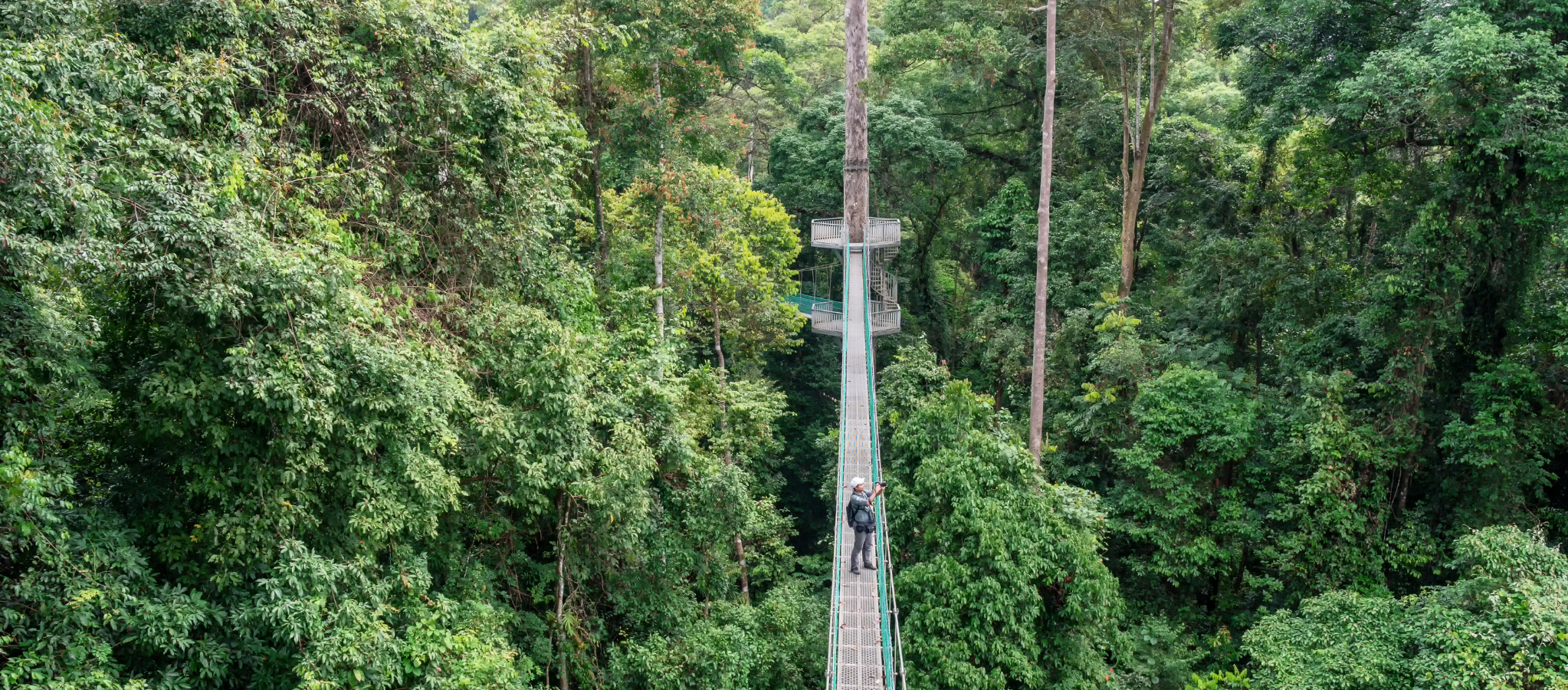 " alt="">
" alt=""> 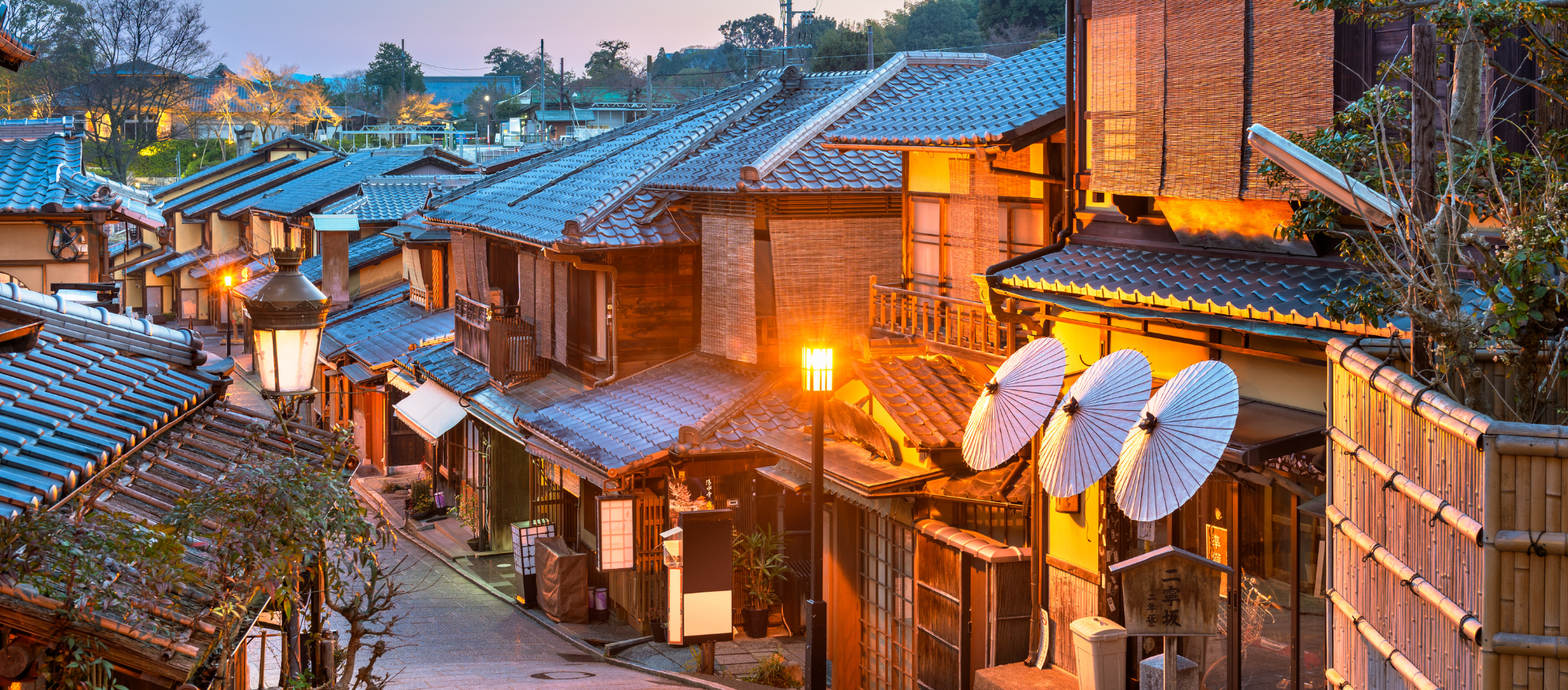 " alt="">
" alt=""> 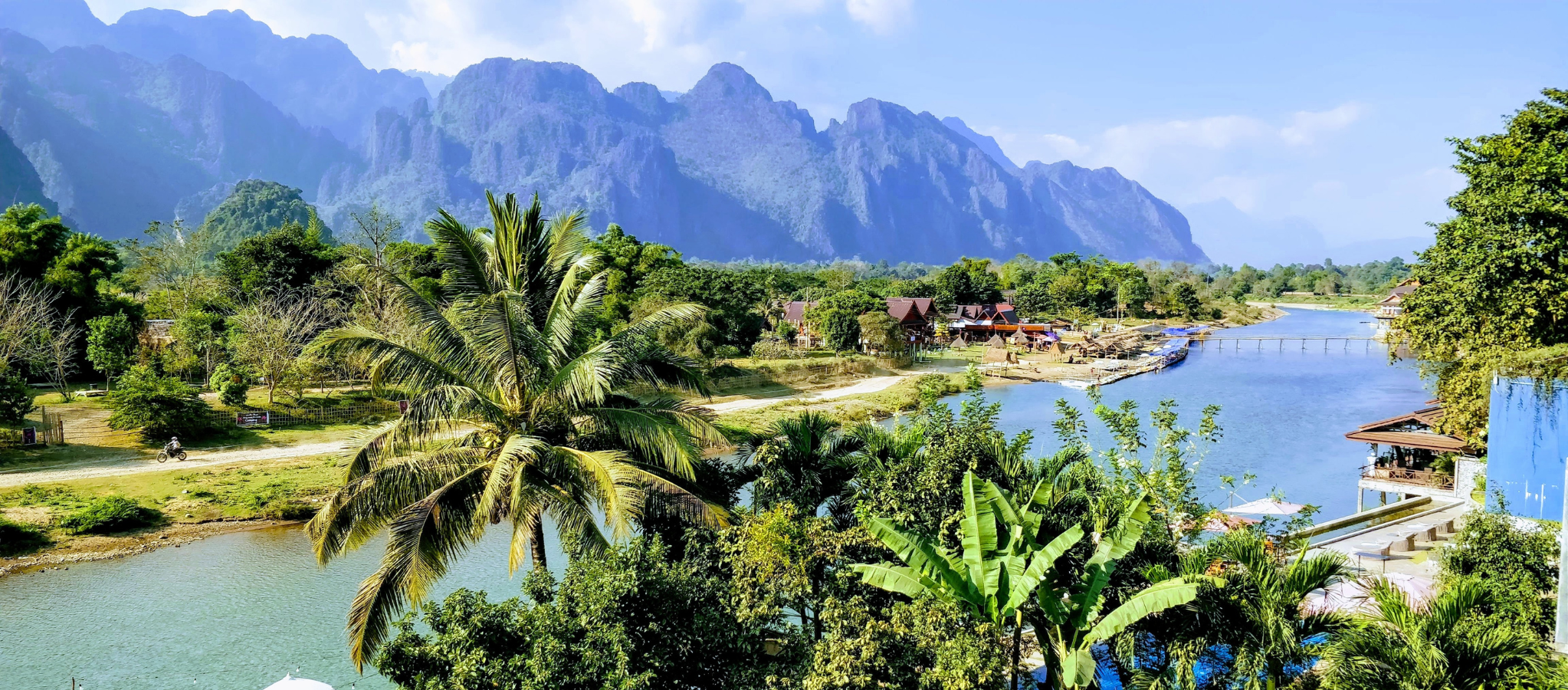 " alt="">
" alt=""> 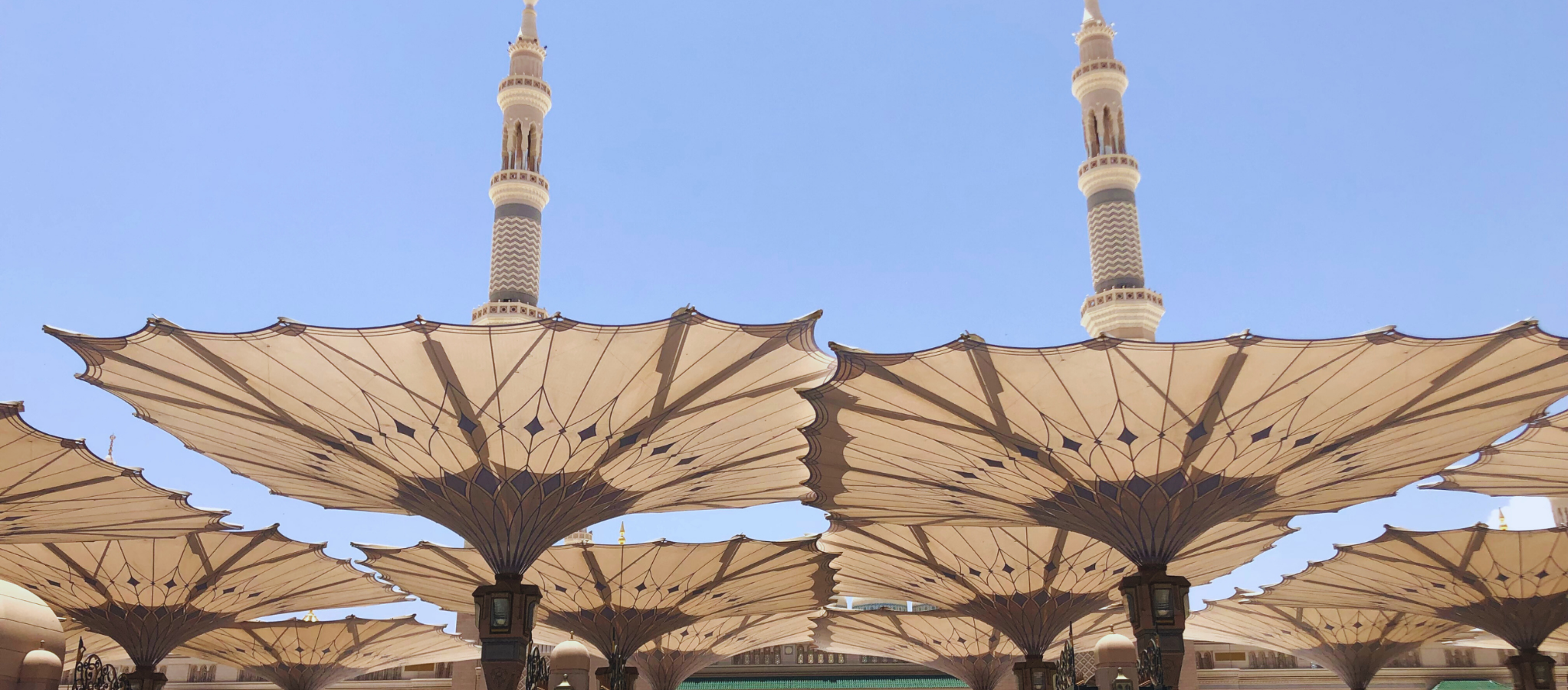 " alt="">
" alt=""> 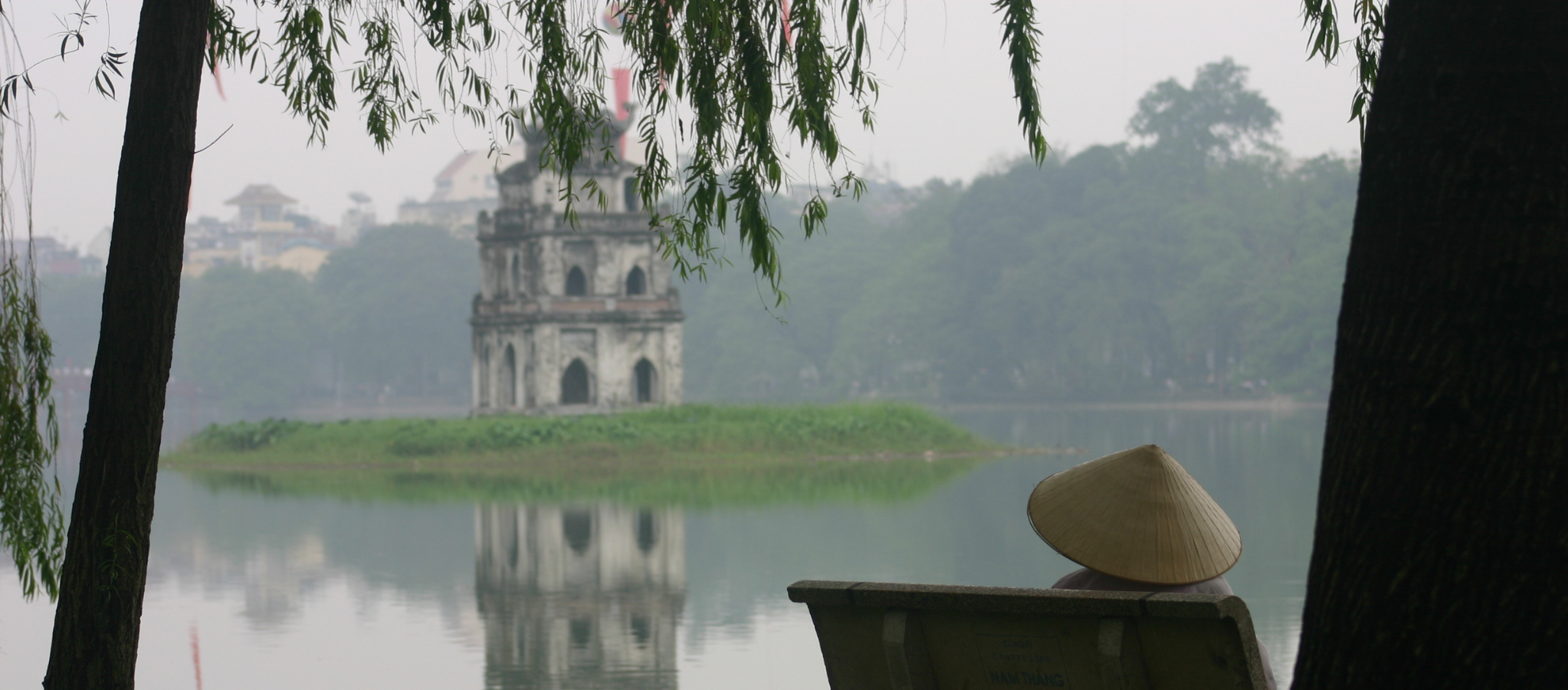 " alt="">
" alt="">  " alt="">
" alt=""> 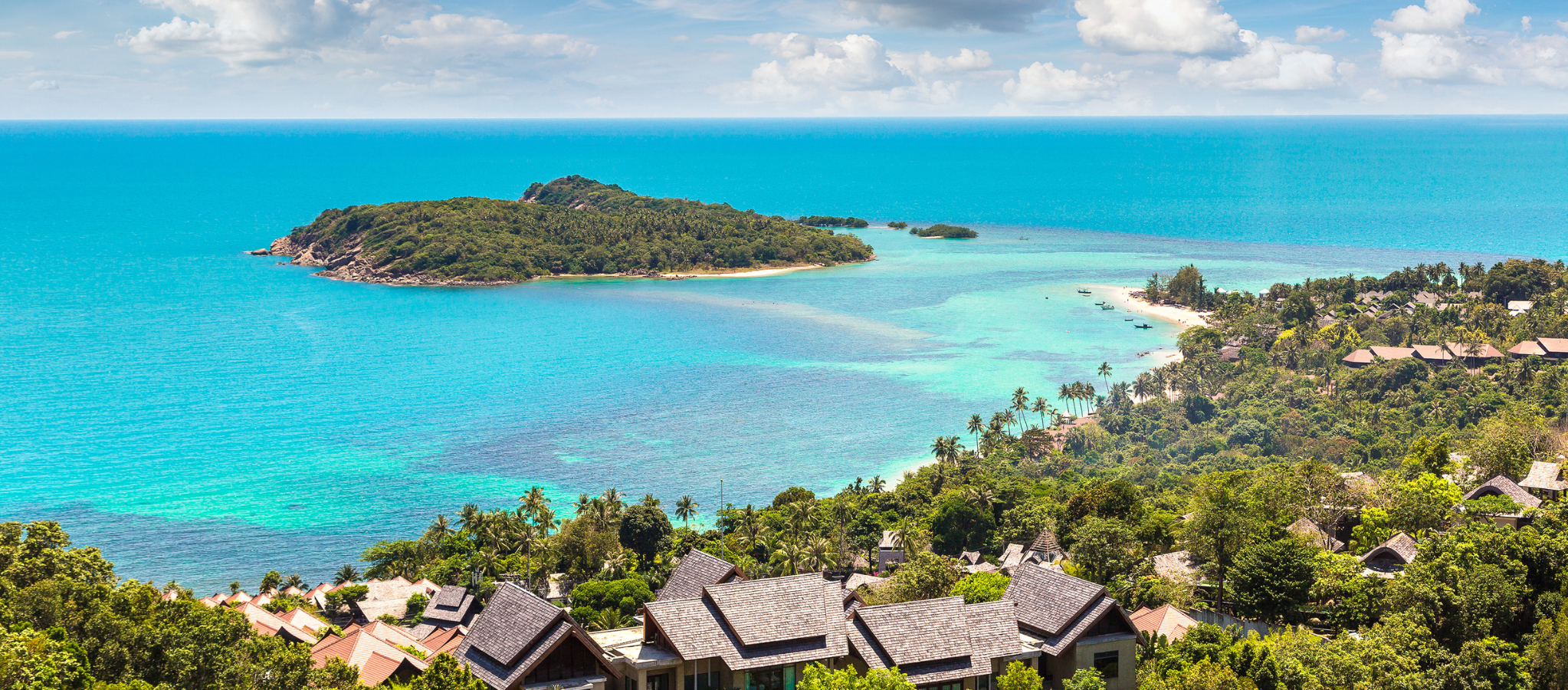 " alt="">
" alt=""> 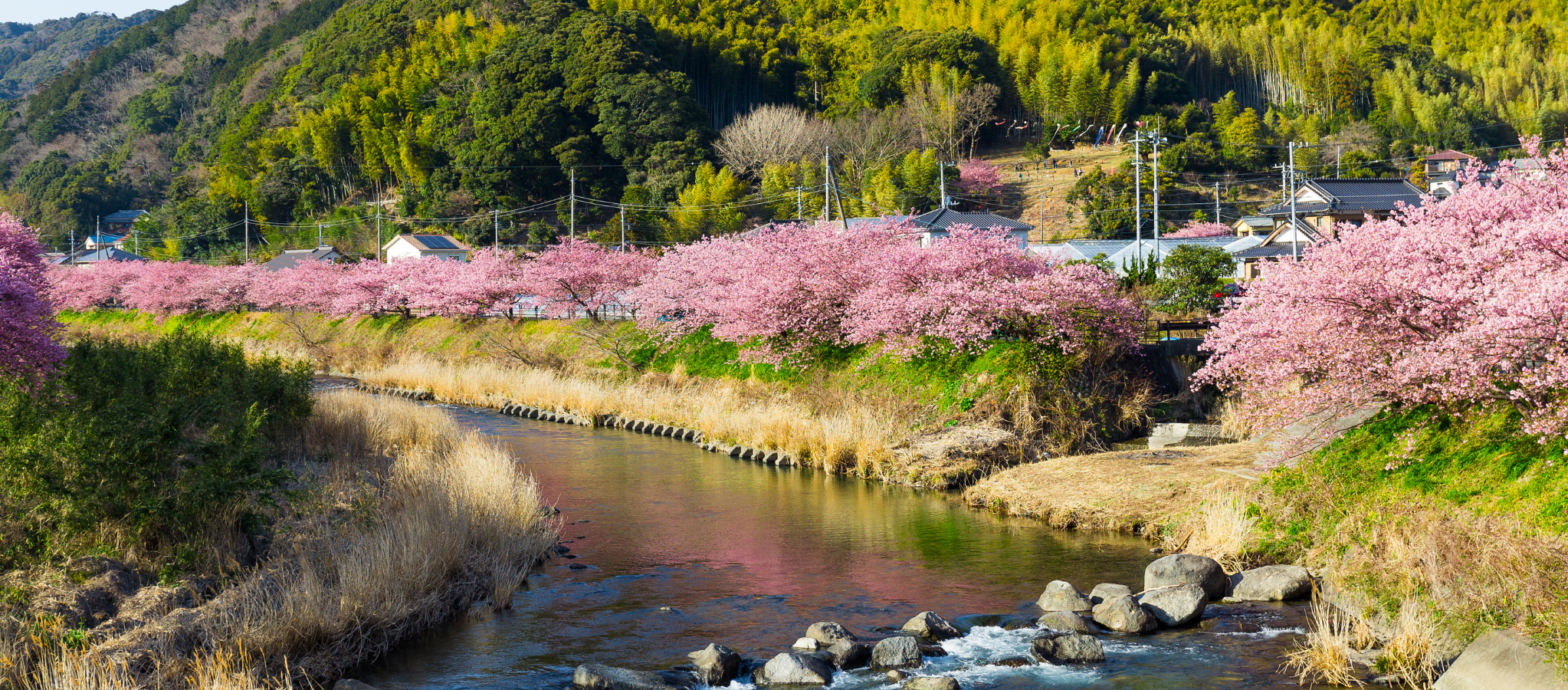 " alt="">
" alt="">  " alt="">
" alt="">  " alt="">
" alt="">  " alt="">
" alt=""> 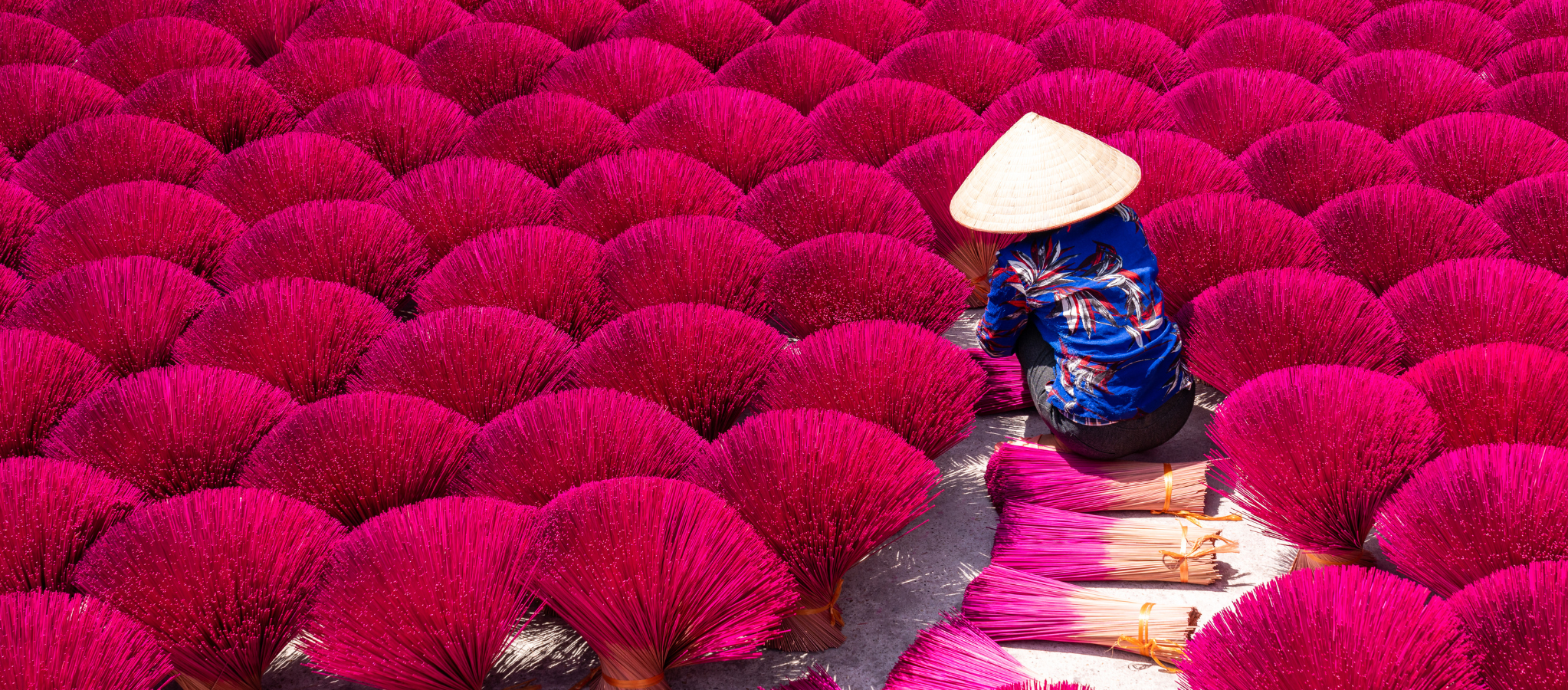 " alt="">
" alt="">  " alt="">
" alt="">  " alt="">
" alt=""> 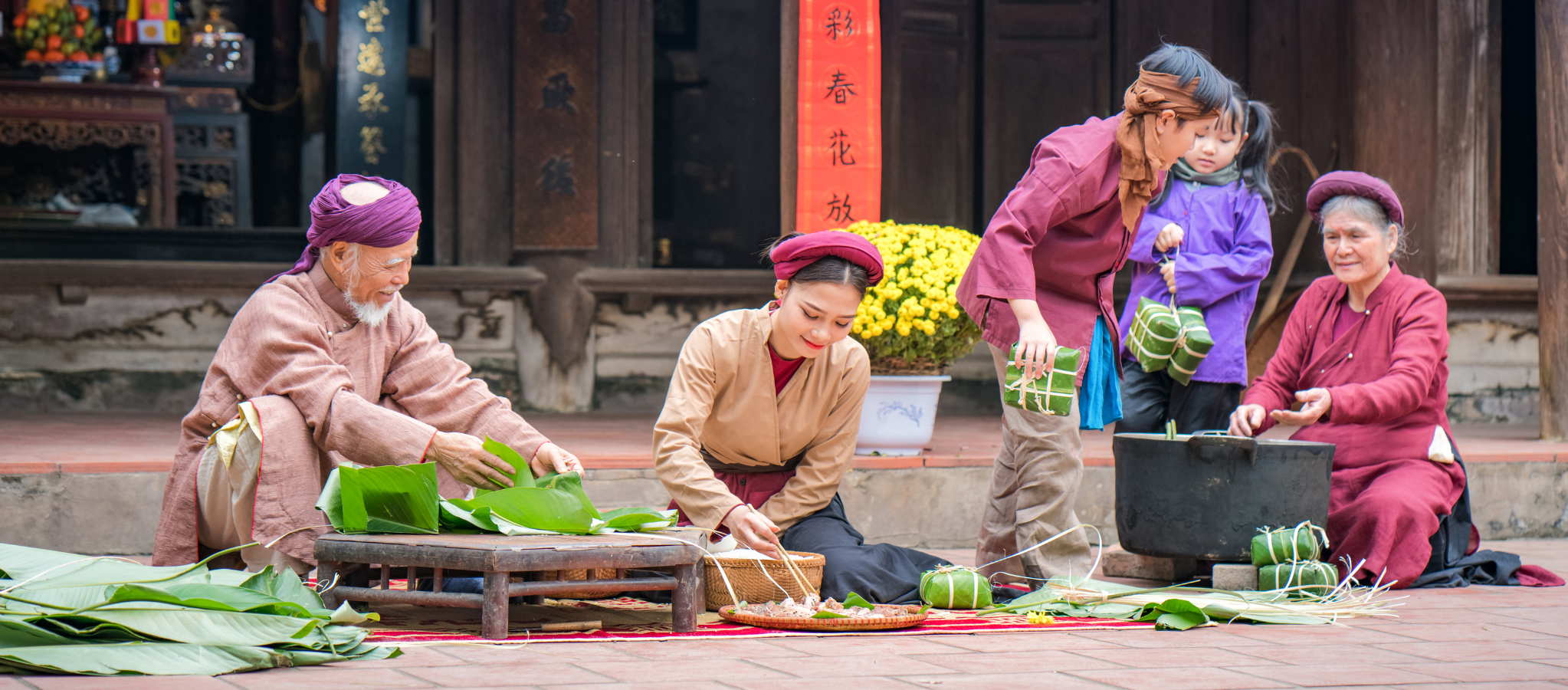 " alt="">
" alt="">  " alt="">
" alt="">